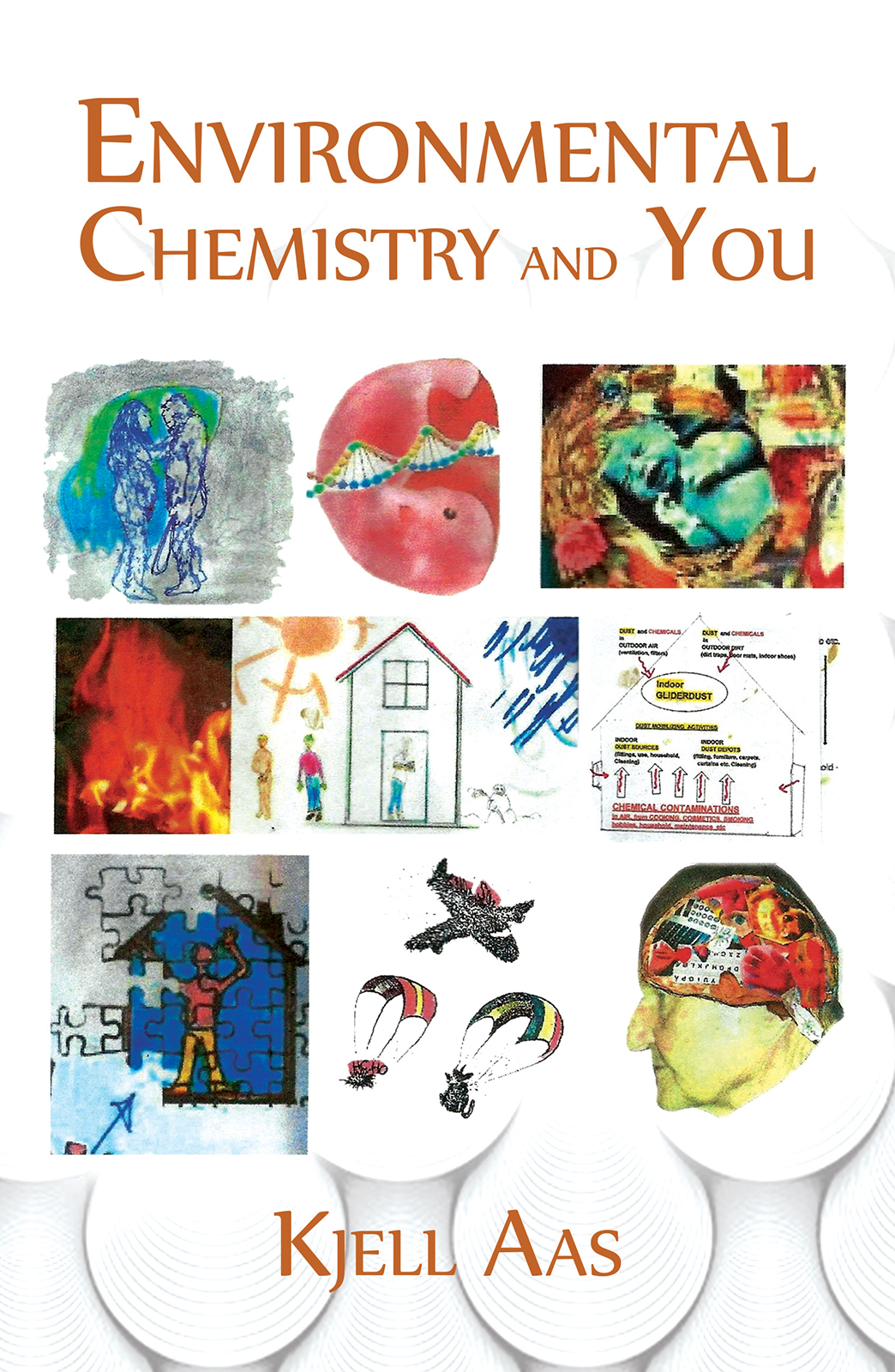Environmental Chemistry and You
Environmental Chemistry and You, by Kjell Aas, describes how environmental chemicals interact with the human body. It includes chapters on basic chemistry, sources of contaminants, and how we are exposed to them, intermixed with chapters on physiology and biochemistry. The book is illustrated with hand drawn figures, described as “charming” on the book cover.
|
My favourite facts that I learned from reading the book were, firstly, on average we inhale 12-15 kg of air per day, clearly highlighting the potential impact of air pollution on health – I am sure the daily intake of food and drink for most people can’t exceed 12 kg. Secondly; the method used to calculate units of alcohol, i.e. that ABV % refers to units per litre, so a pint of 6% beer is approximately 3 units. I liked the short chapters and paragraphs, and thought that the final chapters (challenges for health authorities, scientists and media) were an interesting way to summarise this work.
However, I found much of the book difficult to read, due to the structure, the odd formatting, and the figures. The structure of the book doesn’t flow; for example, chapter 4 on redox chemistry discusses indoor air and VOCs, then chapter 5 on fresh air contaminants also covers indoor air and VOCs; chapter 6 discusses dust, then chapter 7 covers the structure of cells in the human body with no attempt to link to the previous chapters. Chapter 7 mentions receptors which aren’t explained until chapter 8. |
There are some odd sentences that are not explained; for example, “several persons use oxidant remedies without knowing that they also affect vulnerable tissues and human health”, “hydrogen reacts rapidly with oxygen so that the outdoor air contains more or less water”, “fortunately remote regions that are not affected by radioactive fallout usually have quite fresh air”. I spent considerable time wondering why certain phrases were underlined until I realised that they were actually hyperlinks – which are totally inaccessible to the print reader. This suggests that the book may simply be an e-book printout. Moreover there are references to “Google pictures” with no search terms or links provided. The quality of the figures is often poor; admittedly, some are amusing, but most are distracting and fail to communicate the intended scientific concept. I do not think this is helped by the quality of printing. Furthermore, for a large section of the book (from chapter 3 until at least chapter 13, when I stopped checking) the figure references do not match the correct figures – this is a basic proofing error, which lowered my confidence in the work.
I think the premise of the book is excellent, and particularly timely given that the prevalence of asthma and allergies are increasing, and their effects becoming more severe. The approach it takes is rather Doomsday – for example it appears to infer that a single exposure to flame retardants in furniture causes reduced semen quality in a generation of men – perhaps this is true, but it seems far-fetched to me. The author clearly has the right intentions and wishes for us all to improve our health by minimising our exposure to pollutants, but these good intentions mean that only the negative side of environmental chemistry has been presented. I would have preferred to see a more balanced approach. Overall, the book doesn’t deliver on its promise; it is let down by its presentation and is probably best viewed online, as I imagine was originally intended.
Reference
Environmental Chemistry and You, Kjell Aas, 2018, Austin Macauley Publishing, ISBN-10: 178693681X, ISBN-13: 978-1786936813
I think the premise of the book is excellent, and particularly timely given that the prevalence of asthma and allergies are increasing, and their effects becoming more severe. The approach it takes is rather Doomsday – for example it appears to infer that a single exposure to flame retardants in furniture causes reduced semen quality in a generation of men – perhaps this is true, but it seems far-fetched to me. The author clearly has the right intentions and wishes for us all to improve our health by minimising our exposure to pollutants, but these good intentions mean that only the negative side of environmental chemistry has been presented. I would have preferred to see a more balanced approach. Overall, the book doesn’t deliver on its promise; it is let down by its presentation and is probably best viewed online, as I imagine was originally intended.
Reference
Environmental Chemistry and You, Kjell Aas, 2018, Austin Macauley Publishing, ISBN-10: 178693681X, ISBN-13: 978-1786936813


